Photos: Artistic Views of Earth from Above
A Study in Color
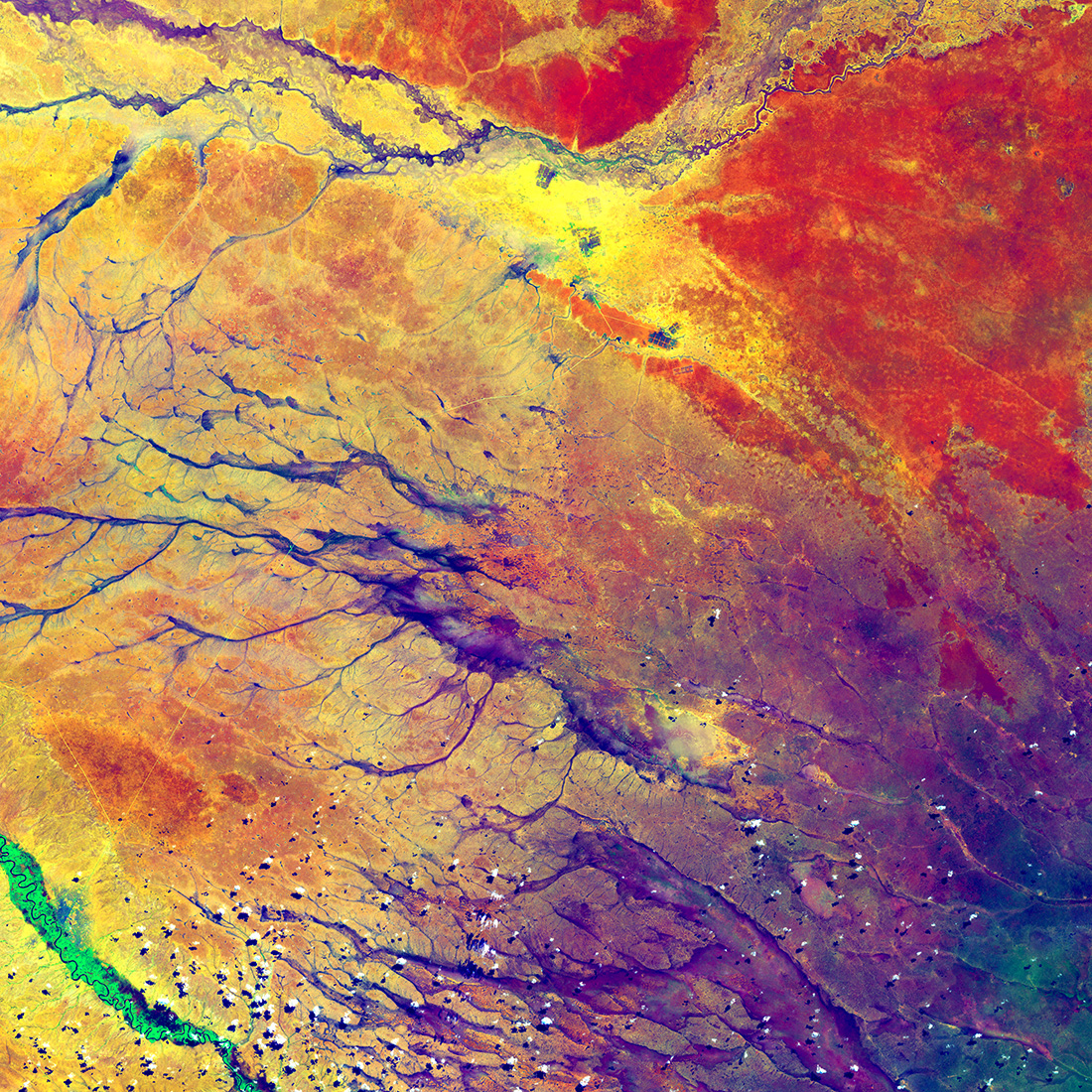
In this image, acquired on July 15, 2014 by the Landsat 8 satellite, the deep purple in the lower right spreads out into a few channels before fading into a multitude of colors. These channels are remnants of an ancient drainage network in Kenya. The beauty of the colors actually hides a stark reality for hundreds of thousands of people: The dark spots at the top center of the image are refugee camps.
Earth Selfie

Can you see the eye, hooked nose and mouth in this satellite image of Morocco? Seeing faces (or other images) in random things is called pareidolia. This Earth selfie was captured on Jan. 26, 2015 by Landsat 8. The face is looking over the waters just off Morocco's coast, with the city of Agadir underneath the chin. The irrigated farms of the Souss Valley are colored red.
Eerie Cloud Shadows

These cloud patterns cast eerie shadows on the landscape of southern Egypt in the Landsat-8 satellite image captured on March 22, 2014. In this infrared image, the clouds appear red and the desert a hazy blue.
Geometric Desert
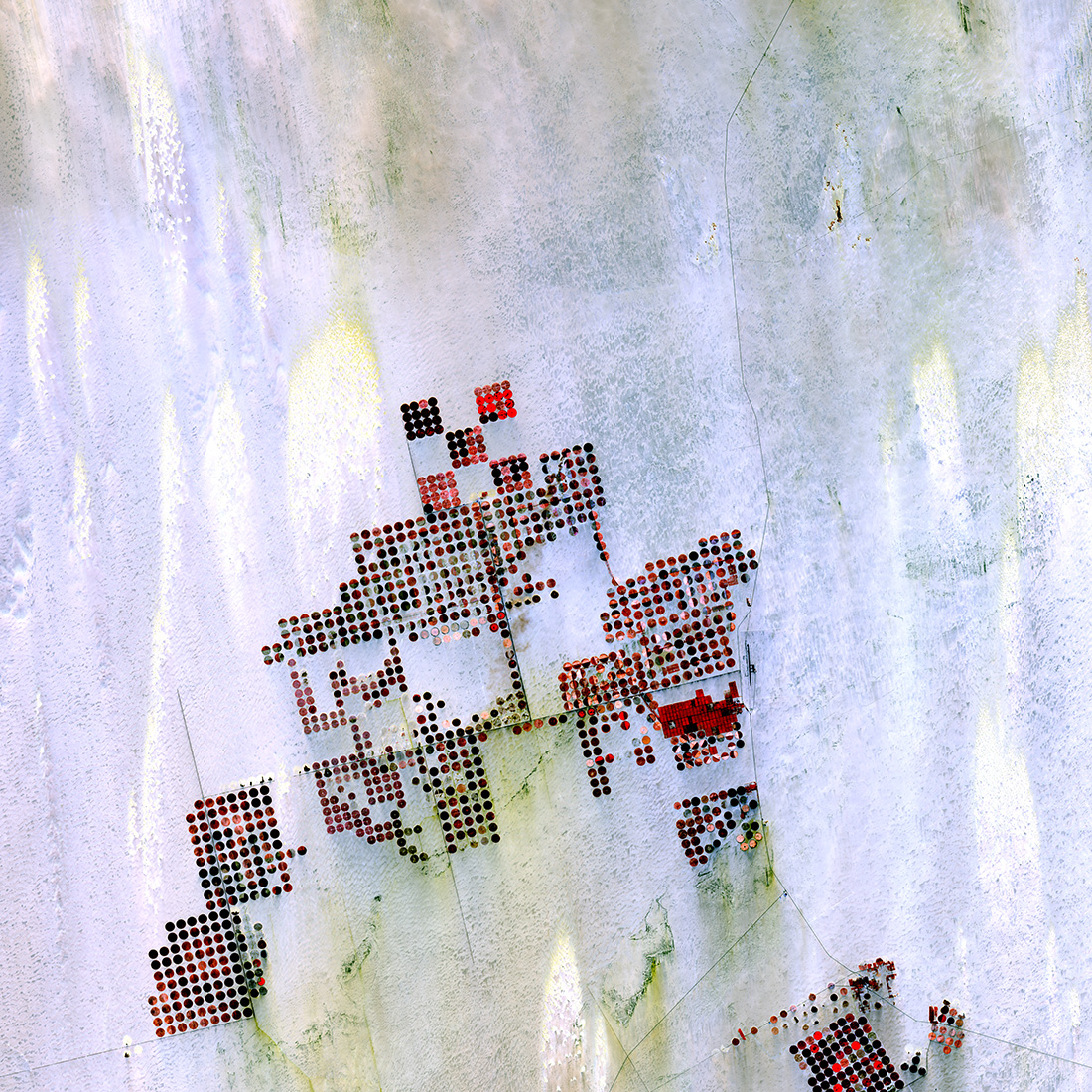
Irrigation becomes art in this Landsat-8 satellite image of the Sahara Desert in southern Egypt, shown on May 22, 2013. There is no surface water in this region; instead, wells pump underground water from the Nubian Sandstone aquifer to rotating sprinklers on the surface. Each point represents a center pivot irrigation field just under 0.6 miles (1 kilometer) across, according to the U.S. Geological Survey.
Land of Terror
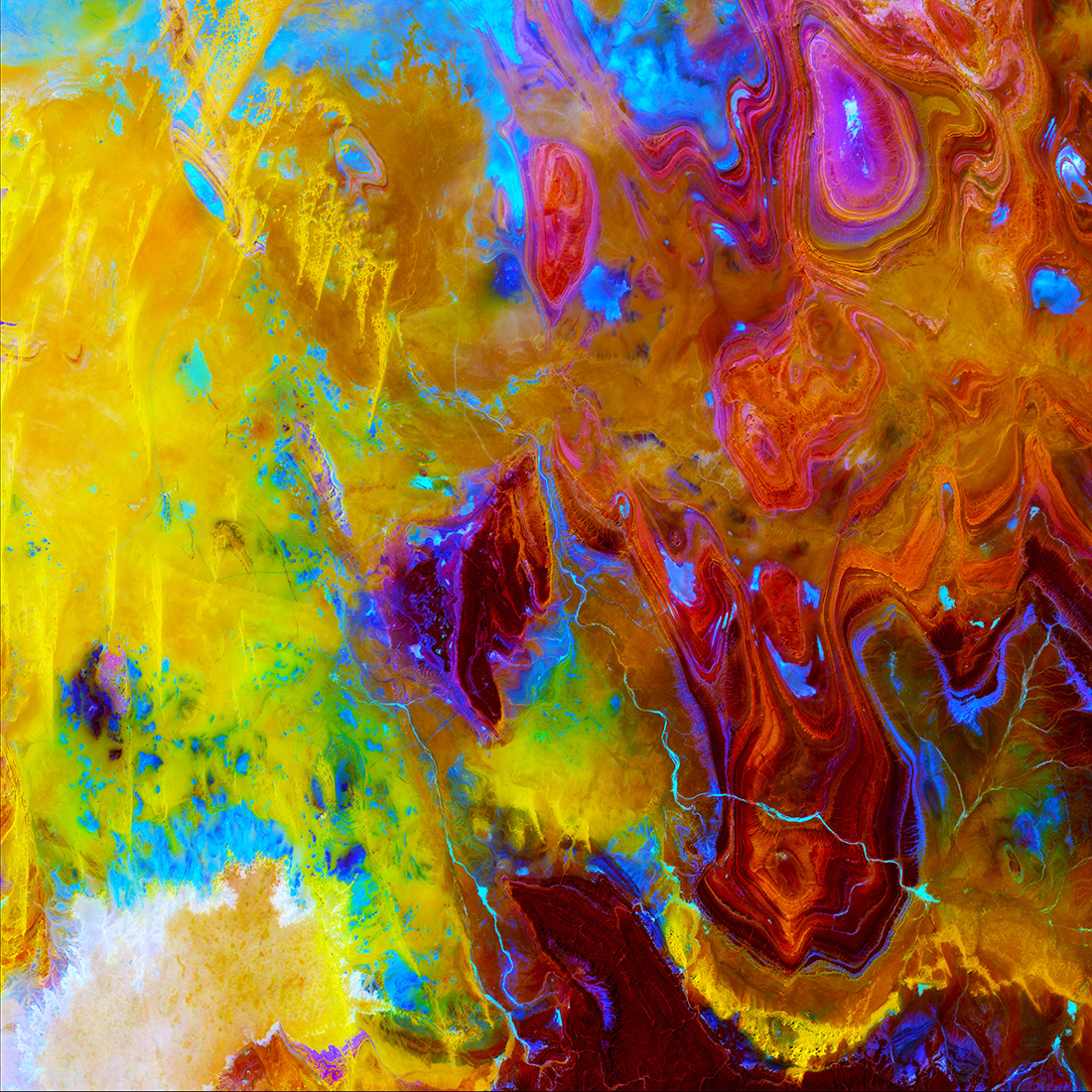
Known as the Land of Terror, the Tanezrouft Basin in Algeria is one of the most desolate parts of the Sahara Desert, according to the USGS. The yellow streaks down the left side of the image are sand dunes, while the concentric loops are sandstone formations carved into the ground by the hand of erosion. This image was captured on Oct. 14, 2014 by the Landsat-8 satellite.
Lava Field
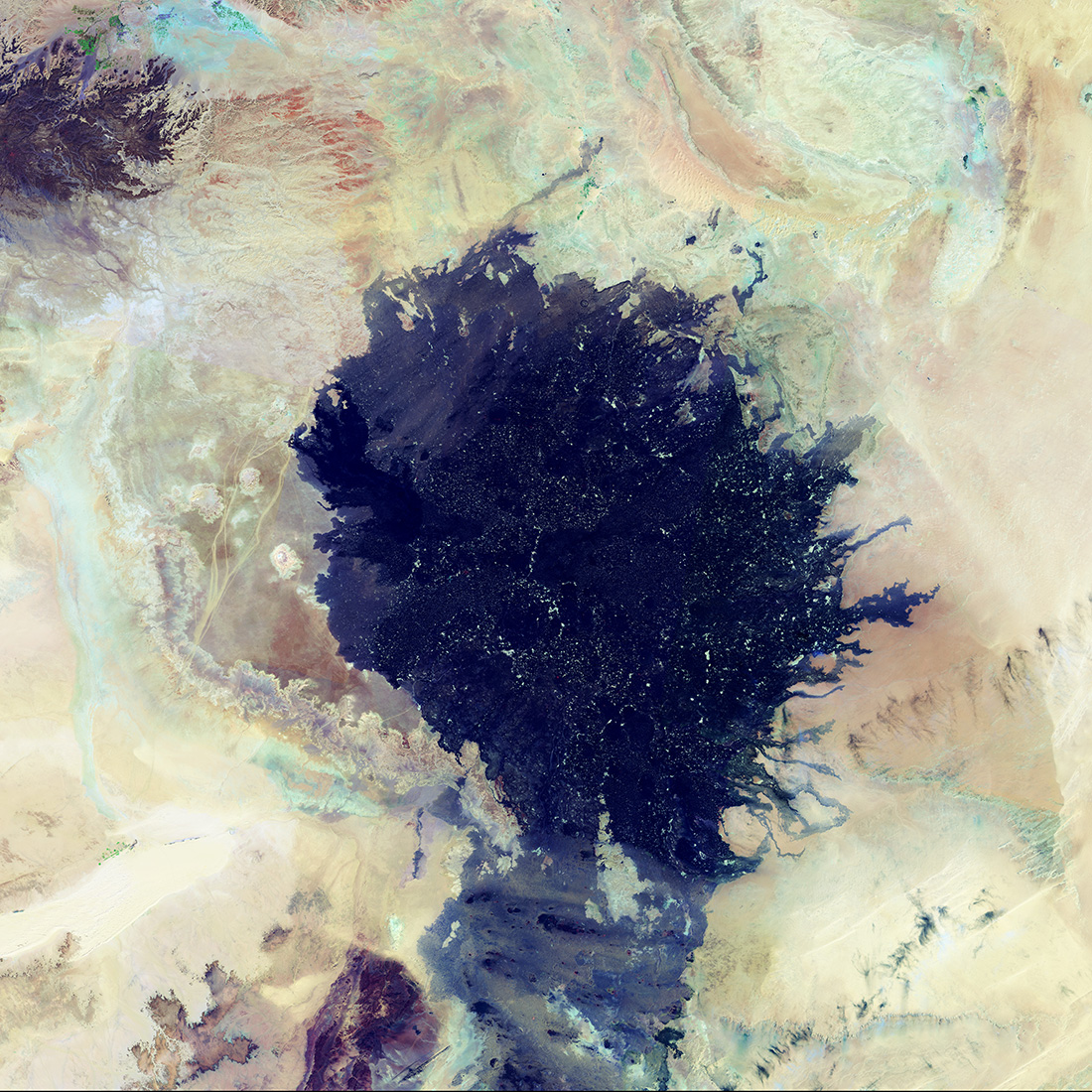
Several volcanic eruptions that spewed out basaltic lava created the Haruj Volcanic Field in central Libya, seen here in a mosaic of 2015 images from Landsat 8. The lava field is about 115 miles (185 kilometers) across, according to the USGS. "Many of the bright spots within the darker colored basalt flows are depressions covered with silt and fine sand," the USGS said.
Life along the Nile
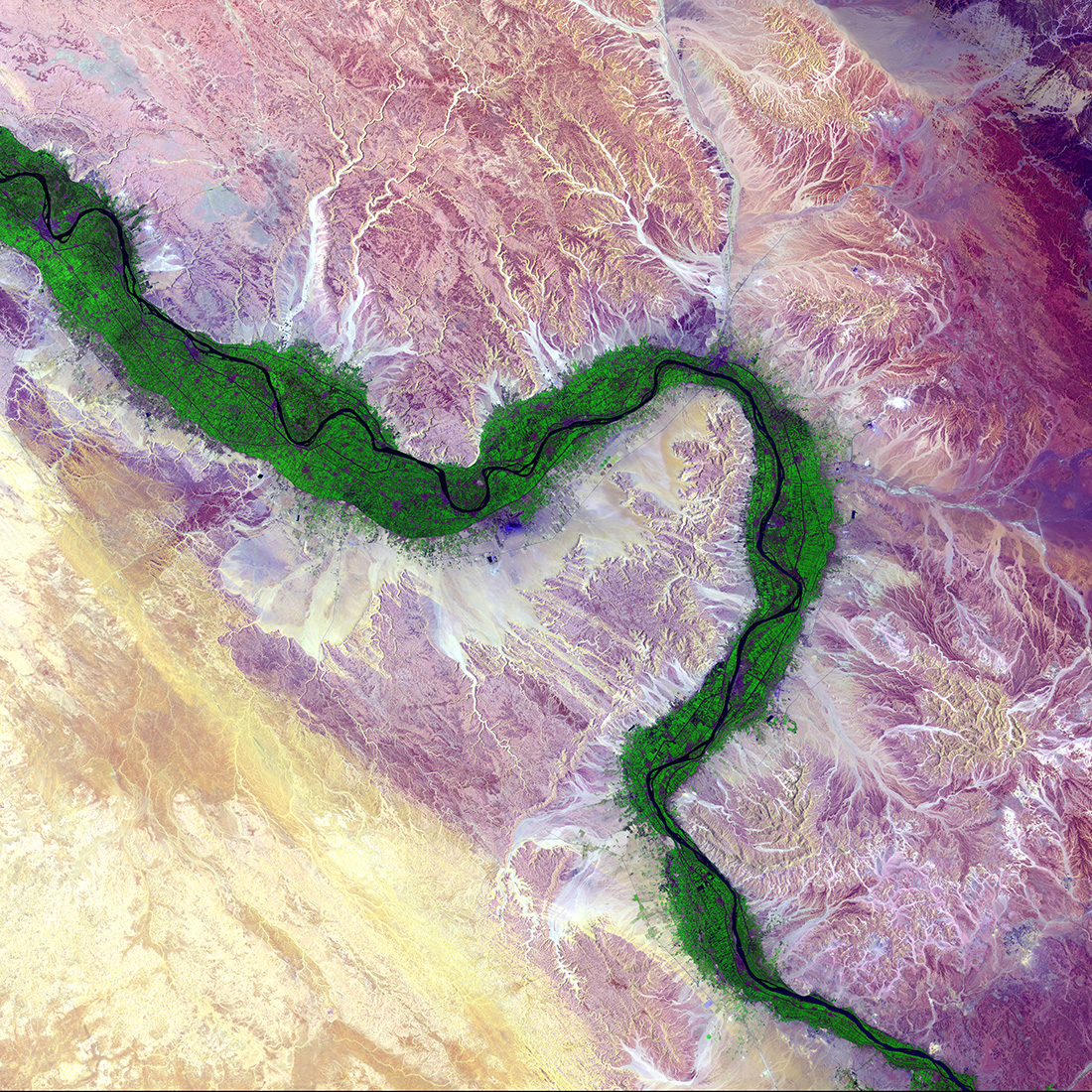
In this image, captured by Landsat 8 on Aug. 15, 2014, green farmland forms a distinct boundary between the Nile River floodplain and the surrounding desert.
Get the world’s most fascinating discoveries delivered straight to your inbox.
Mulanje Massif
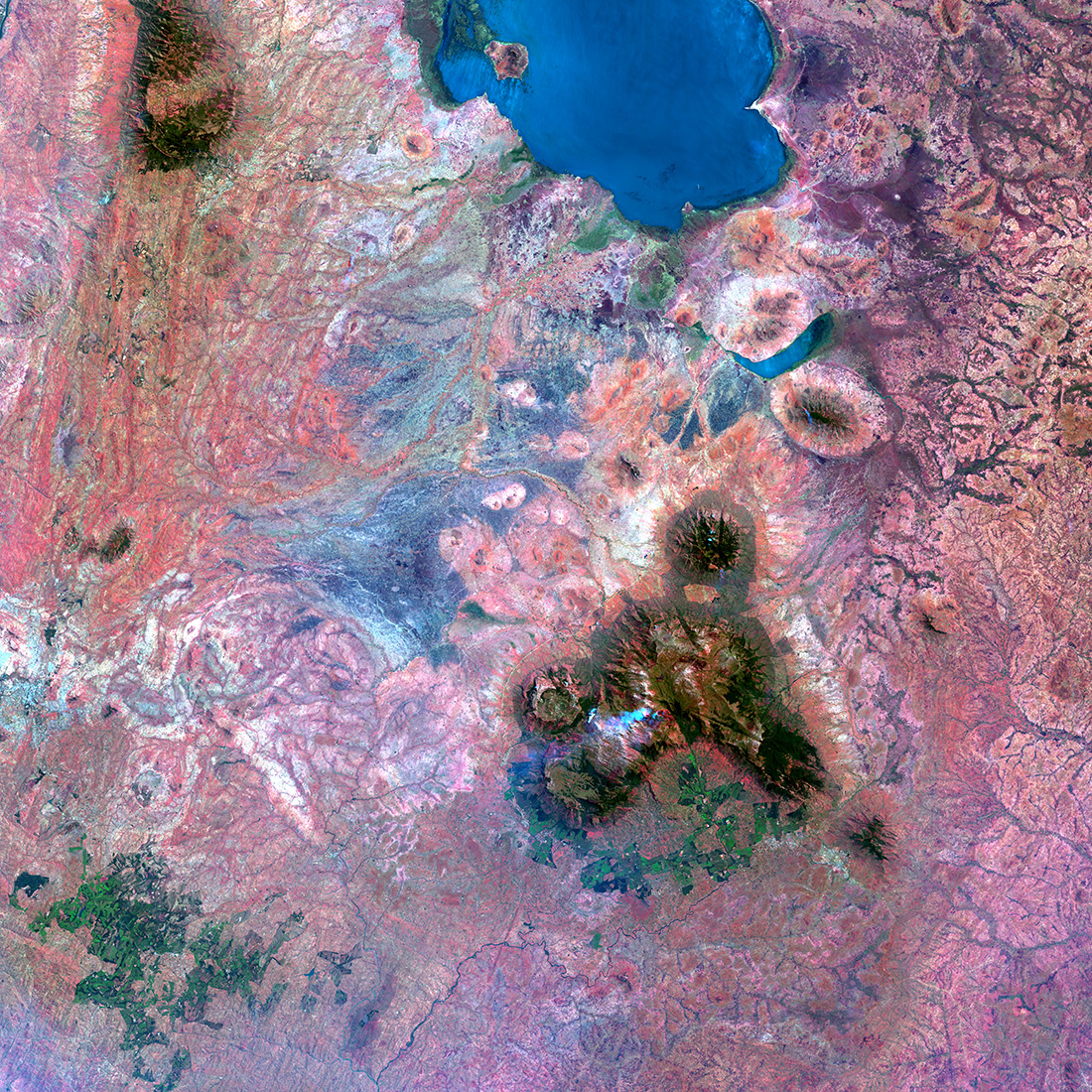
"In southern Malawi, the erosion-resistant rock of Mulanje Massif, a large mountain mass, rises dramatically above the landscape near Lake Chilwa, a shallow, saline lake. The upper slopes of the massif are protected forest. The deep green color south of the massif is tea and macadamia farms," the USGS said. This image was captured on Oct. 10, 2014 from Landsat 8.
The Lorian Swamp
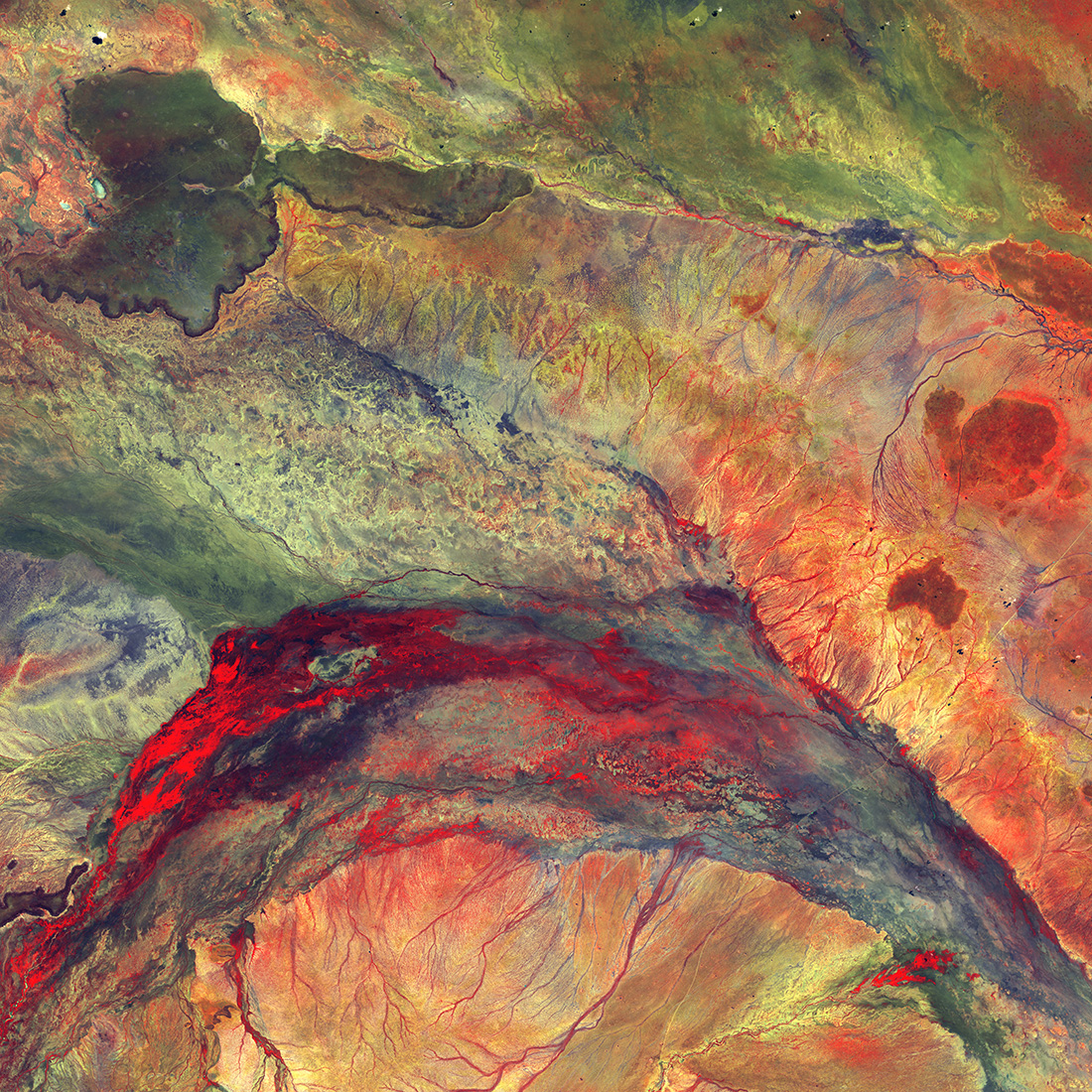
Water flowing out of this inland delta seeps into the semiarid plains of northeastern Kenya. The dark feature in the upper left of this image, from May 3, 2014, is basaltic rock from an ancient lava flow.
Koettlitz Glacier
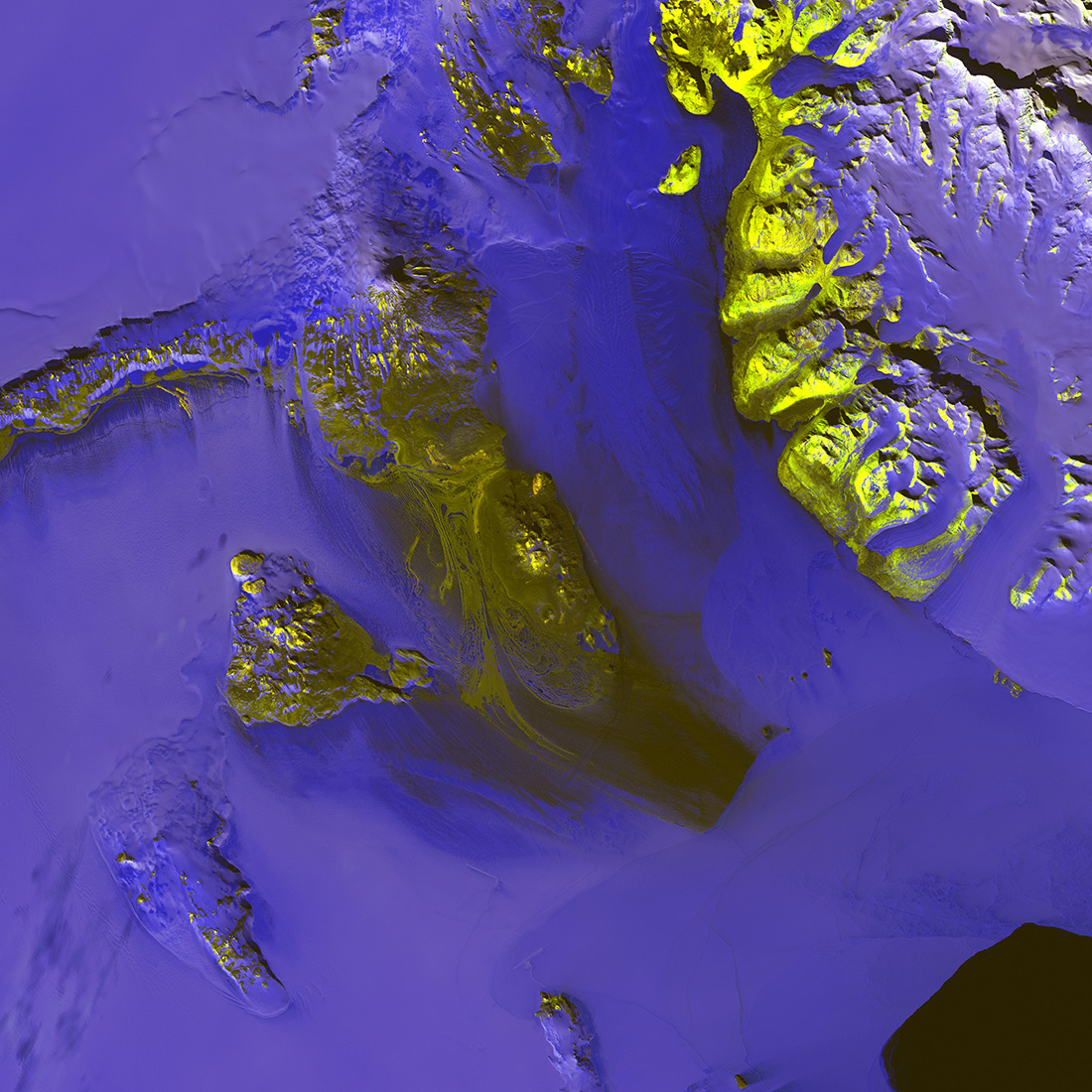
In this Landsat-8 satellite image, taken on Nov. 18, 2013, the ice of Antarctica takes on different shades of blue with exposed rock and dirt appearing in yellow tones. The Koettlitz Glacier flows between Brown Peninsula and the rugged mainland.
Slessor Glacier
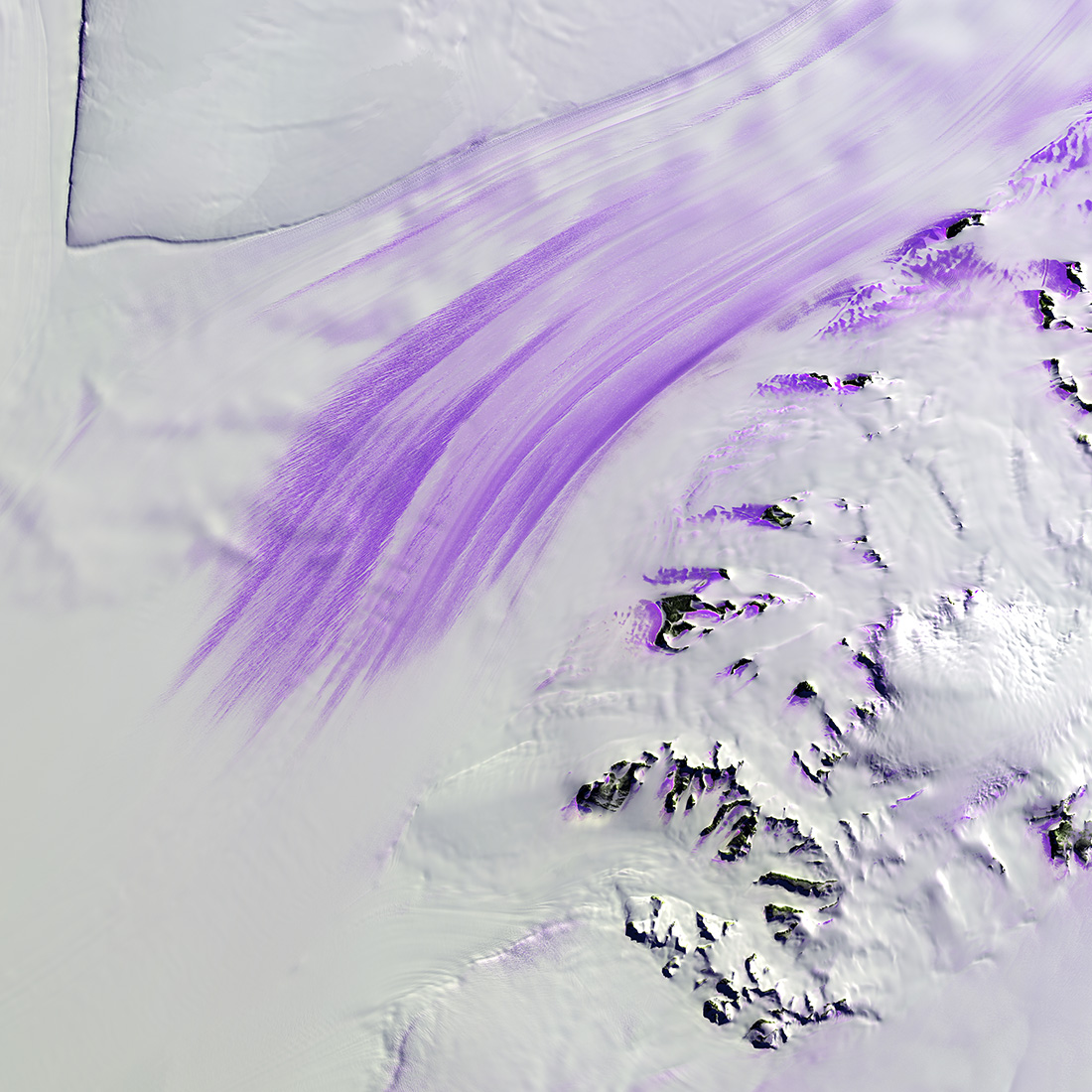
Slessor Glacier in Antarctica, shown here on Nov. 14, 2014, flows between Parry Point on the top left and the Shackleton Range on the lower right. "Strong winds blow away the snow cover and expose lines that indicate the glacier flow direction. Rock outcrops next to the glacier also exhibit some of this bare ice," the USGS said.



